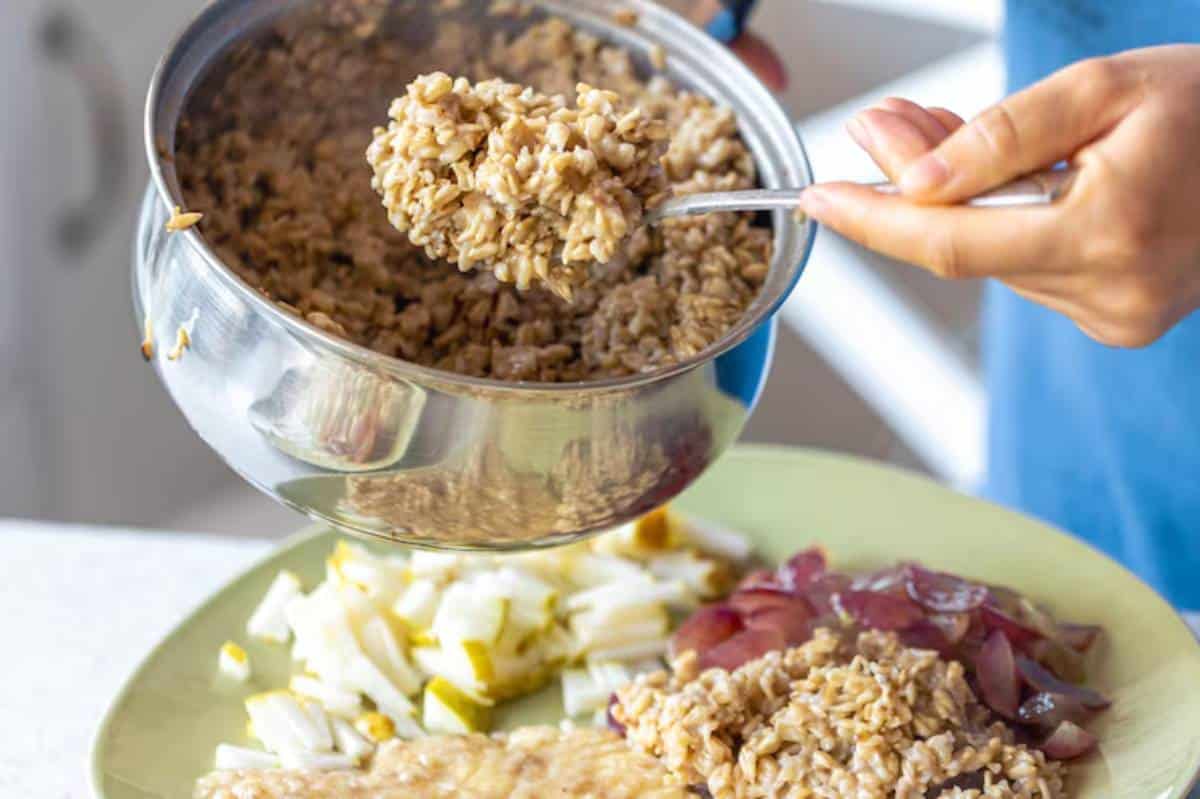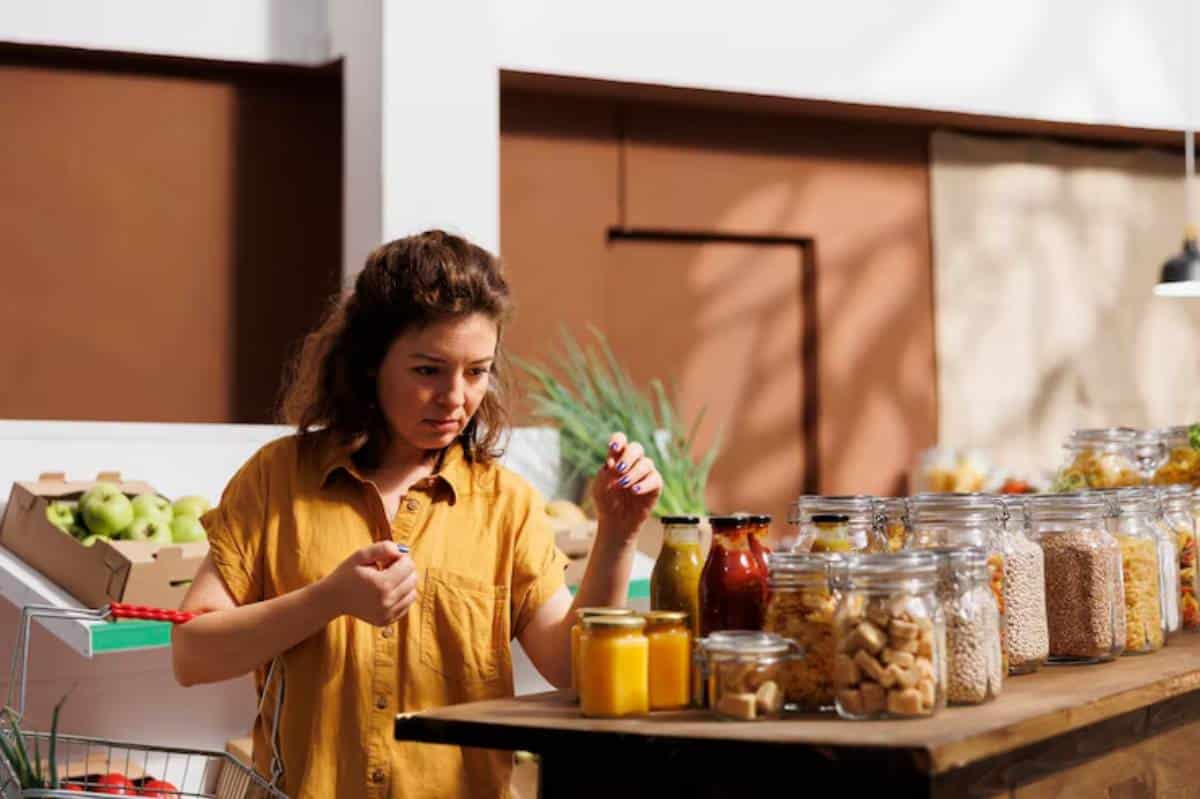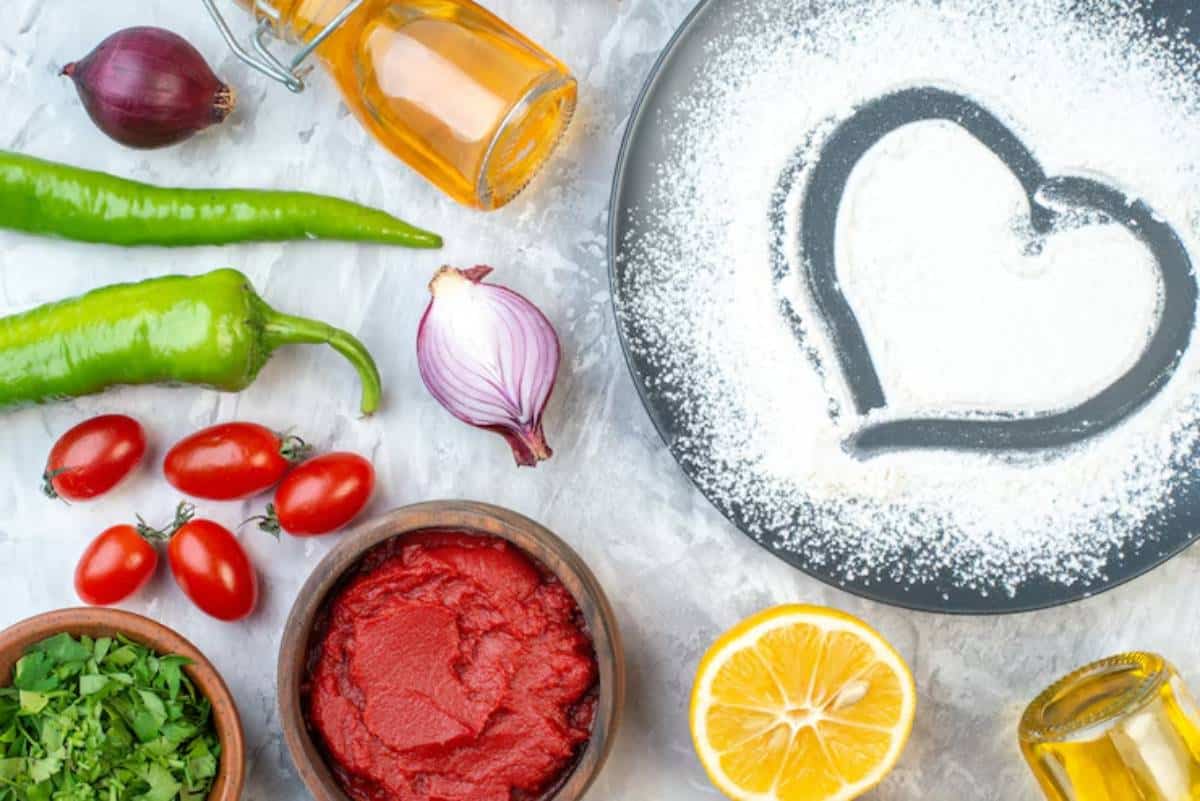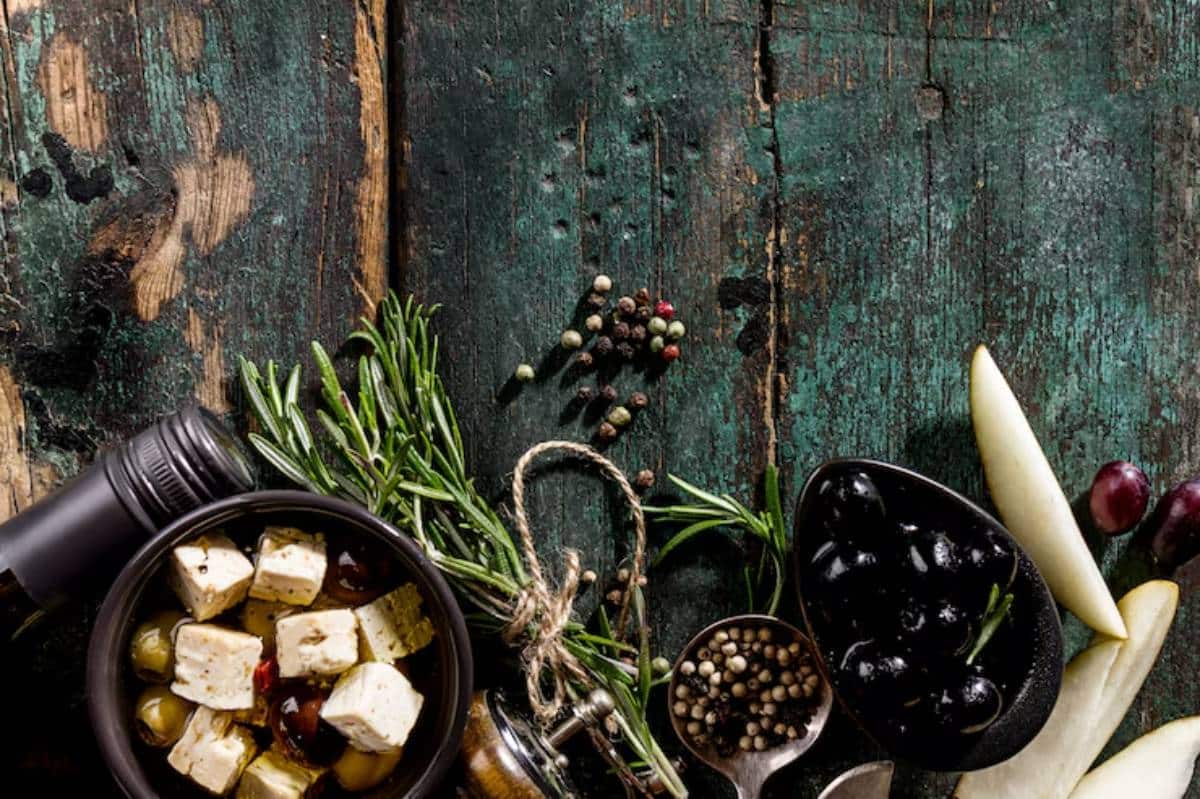
Shelf-Stable Mediterranean Ingredients You Should Always Have
Ever wished you could summon the warmth and flavour of a Mediterranean meal in minutes? You’re not alone. Many of us dream of meals that are both wholesome and quick to prepare, but often life gets in the way. That’s where shelf-stable Mediterranean ingredients come in — they bring the rich, diverse flavours of the region straight into your pantry and make Mediterranean diet basics more accessible than ever.
A well-stocked pantry filled with shelf-stable Mediterranean items can transform your cooking habits. It not only encourages healthier meals but also reduces food waste and makes everyday meal planning smoother. Whether you’re a seasoned cook or just starting your Mediterranean journey, knowing which pantry Mediterranean foods to keep on hand is key to staying consistent and inspired.
In this article, we’ll walk you through the top long-lasting Mediterranean ingredients that belong in your kitchen. Expect practical tips, personal insights, and a dash of culinary creativity to keep your meals vibrant and nourishing.
Why Shelf-Stable Ingredients Matter
Before diving into the shopping list, let’s understand the importance of shelf-stable foods in Mediterranean cooking:
- Convenience: They’re ready when you are.
- Longevity: Perfect for bulk buying and reducing waste.
- Nutrient Density: Many dried and preserved foods retain their health benefits.
- Consistency: No excuses when the core ingredients are always in stock.
Especially for busy households or those new to the Mediterranean lifestyle, shelf-stable staples make it easy to stay on track with nutritious meals.
Top Shelf-Stable Mediterranean Ingredients
Let’s break down the essentials into clear, practical categories so you can build your pantry step by step.
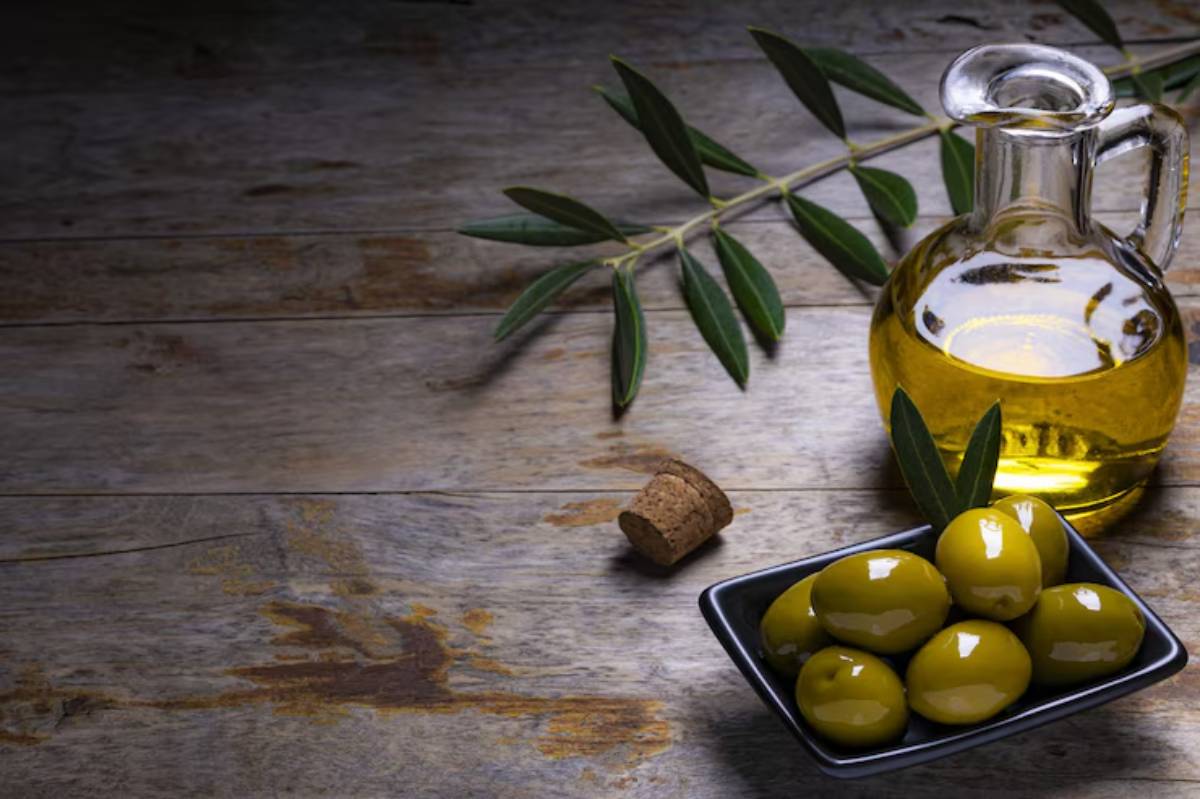
1. Olive Oil: The Soul of Mediterranean Cooking
No surprise here — extra virgin olive oil (EVOO) is indispensable.
Why It’s Essential:
- Used daily in cooking and drizzling.
- Rich in antioxidants and healthy fats.
- Adds flavour and depth to nearly every dish.
Storage:
Store in a cool, dark place. Choose dark glass bottles with harvest dates.
2. Canned Tomatoes: The Versatile Base
From pasta sauces to stews, canned tomatoes are a pantry hero.
Varieties to Stock:
- Whole peeled
- Chopped/diced
- Tomato paste
- Passata or purée
Usage Ideas:
- Shakshuka
- Pasta alla puttanesca
- Lentil tomato soup
Look for BPA-free cans and no added sugars or preservatives.
3. Dry Legumes: Protein-Rich Powerhouses
Chickpeas, lentils, and beans are core to the Mediterranean way of eating.
Types to Keep:
- Chickpeas (garbanzo beans)
- Brown, green, and red lentils
- Cannellini beans
- Black beans
- Fava beans
Storage Advice:
Keep in airtight containers to prevent moisture and pests.
Quick Meal Tips:
- Make hummus from scratch.
- Cook lentils with garlic and herbs for a hearty side.
4. Whole Grains: Fibre and Flavour
Whole grains provide sustained energy and texture.
Must-Haves:
- Farro
- Bulgur
- Brown rice
- Barley
- Whole wheat couscous
- Quinoa (technically not a grain, but fits well)
Batch cook and freeze for quick bowls, salads, or stir-fries.
5. Pasta: Quick and Comforting
Pasta may not be uniquely Mediterranean, but it’s a staple in many regional cuisines.
Go-To Options:
- Whole wheat pasta
- Orzo (small rice-shaped pasta)
- Semolina pasta (durum wheat-based)
Meal Ideas:
- Puttanesca with olives and capers
- Pasta with tuna, herbs, and lemon
Choose pasta made with 100% durum wheat for the best texture and nutrition.
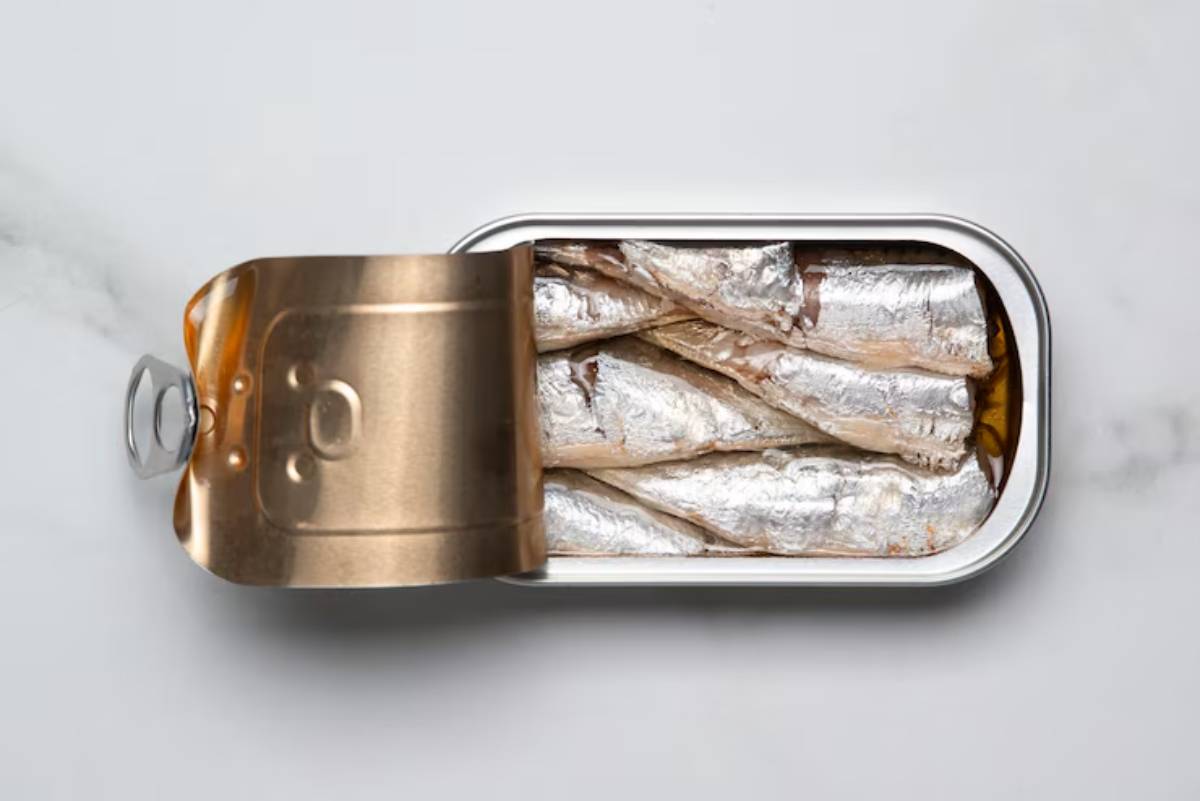
6. Tinned Fish: Coastal Convenience
Tinned seafood brings protein, Omega-3s, and flavour without the fridge.
Stock Up On:
- Tuna (in olive oil preferred)
- Sardines
- Anchovies
- Mackerel
Meal Ideas:
- Tuna and bean salad
- Anchovy tapenade
- Sardines on toast with lemon and herbs
7. Jarred Vegetables & Pickles: Flavour Boosters
These add complexity, acidity, and saltiness that many dishes need.
Pantry Picks:
- Capers
- Olives (green and black)
- Roasted red peppers
- Artichoke hearts
- Sun-dried tomatoes
Usage:
- Pasta toss-ins
- Mezze platters
- Grain bowls and wraps
Rinse olives and capers to reduce brininess before use.
8. Herbs & Spices: Essential Flavour Layers
Mediterranean cooking is full of aromatic, herbaceous depth.
Herbs:
- Oregano
- Basil
- Thyme
- Rosemary
- Bay leaves
Spices:
- Cumin
- Paprika (smoked and sweet)
- Cinnamon
- Coriander
- Sumac
Storage Advice:
Keep in airtight jars away from direct light or heat. Label with purchase dates. Invest in a spice grinder for fresh blends.
9. Vinegars & Acids: Brightness in a Bottle
Acidity balances the richness of olive oil and legumes.
Must-Haves:
- Red wine vinegar
- Balsamic vinegar
- Apple cider vinegar
- Lemon juice (fresh is best, but bottled can work in a pinch)
Great Uses:
- Salad dressings
- Marinades
- Pickled vegetables
10. Nuts, Seeds & Dried Fruits: Texture & Nutrition
Often used for both sweet and savoury applications.
Stock Up On:
- Almonds
- Walnuts
- Pine nuts
- Sesame seeds
- Raisins
- Figs
- Dates
How to Use:
- Toasted pine nuts over pasta
- Raisins in couscous or pilafs
- Tahini (sesame paste) for sauces and dips
Keep in the fridge or freezer to prolong freshness.
11. Baking Essentials: The Sweet Side of the Med
Even desserts follow the Mediterranean focus on whole foods.
Basics to Keep:
- Whole wheat flour
- Honey
- Yeast
- Baking powder and soda
- Semolina flour (for cakes or pasta)
Use honey and dried fruits for natural sweetness in baking.
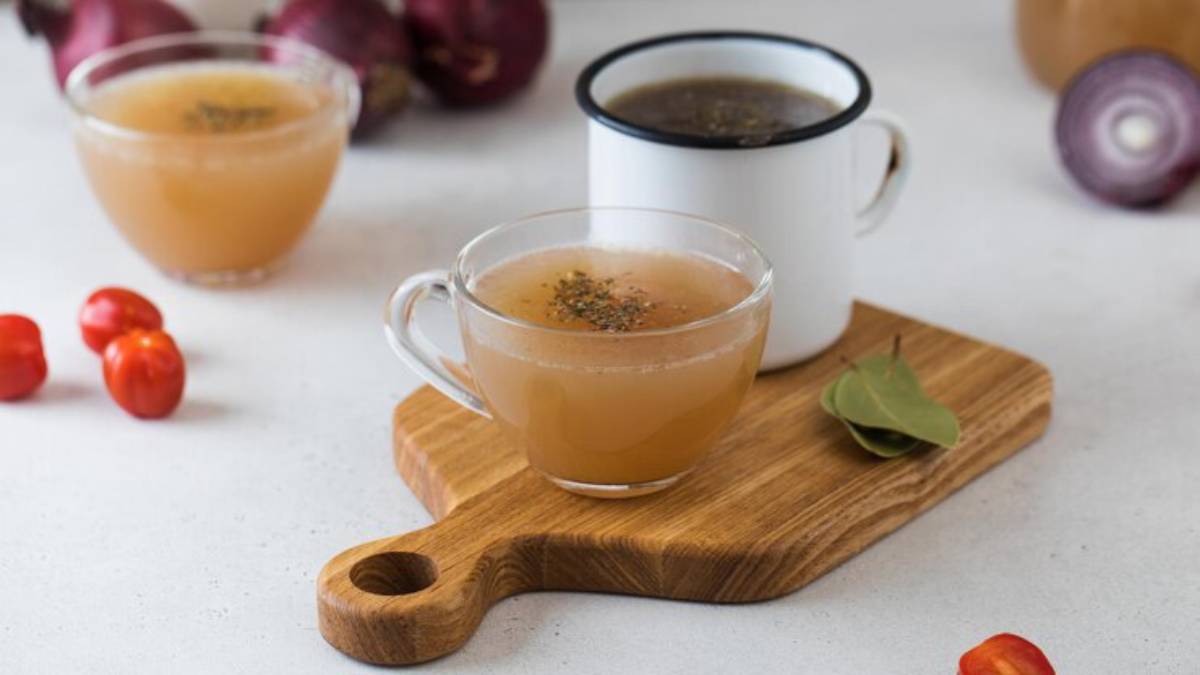
12. Teas, Broths & Extras: Comfort & Depth
These may not be core pantry foods, but they add versatility.
Extras Worth Having:
- Herbal teas (mint, chamomile)
- Vegetable stock cubes or bouillon
- Pomegranate molasses (for dressings and sauces)
- Harissa paste (for heat and depth)
How to Organise Your Mediterranean Pantry
A stocked pantry is only helpful if you can find things when you need them.
Pantry Organisation:
- Group items by category (grains, legumes, spices)
- Use clear jars for visibility
- Label everything, especially bulk buys
- FIFO method: First In, First Out for rotation
Shopping & Storage Tips:
- Make a monthly stock-up list.
- Buy in bulk where possible.
- Invest in airtight containers.
Sample Weekly Meal Ideas Using Only Shelf-Stable Items
Day 1: Farro salad with sun-dried tomatoes, olives, and chickpeas
Day 2: Whole wheat pasta with anchovy-garlic sauce and capers
Day 3: Lentil soup with cumin, garlic, and tinned tomatoes
Day 4: Couscous with roasted red peppers, raisins, and pine nuts
Day 5: Sardine and cannellini bean salad with lemon and herbs
Conclusion: Long Shelf Life, Long-Term Benefits
Stocking your pantry with shelf-stable Mediterranean ingredients doesn’t just save time; it empowers you to cook boldly, healthily, and consistently. These staples offer flexibility, taste, and nourishment whether you’re throwing together a last-minute lunch or planning an elegant dinner.
From olive oil and legumes to spices and grains, each item plays a vital role in making your kitchen Mediterranean-ready. With this guide and a thoughtful shopping list, you’re just a few ingredients away from your next flavour-packed meal.
Ready to go deeper? Learn how to stock your pantry for Mediterranean cooking with full food prep guides and bonus tips.
